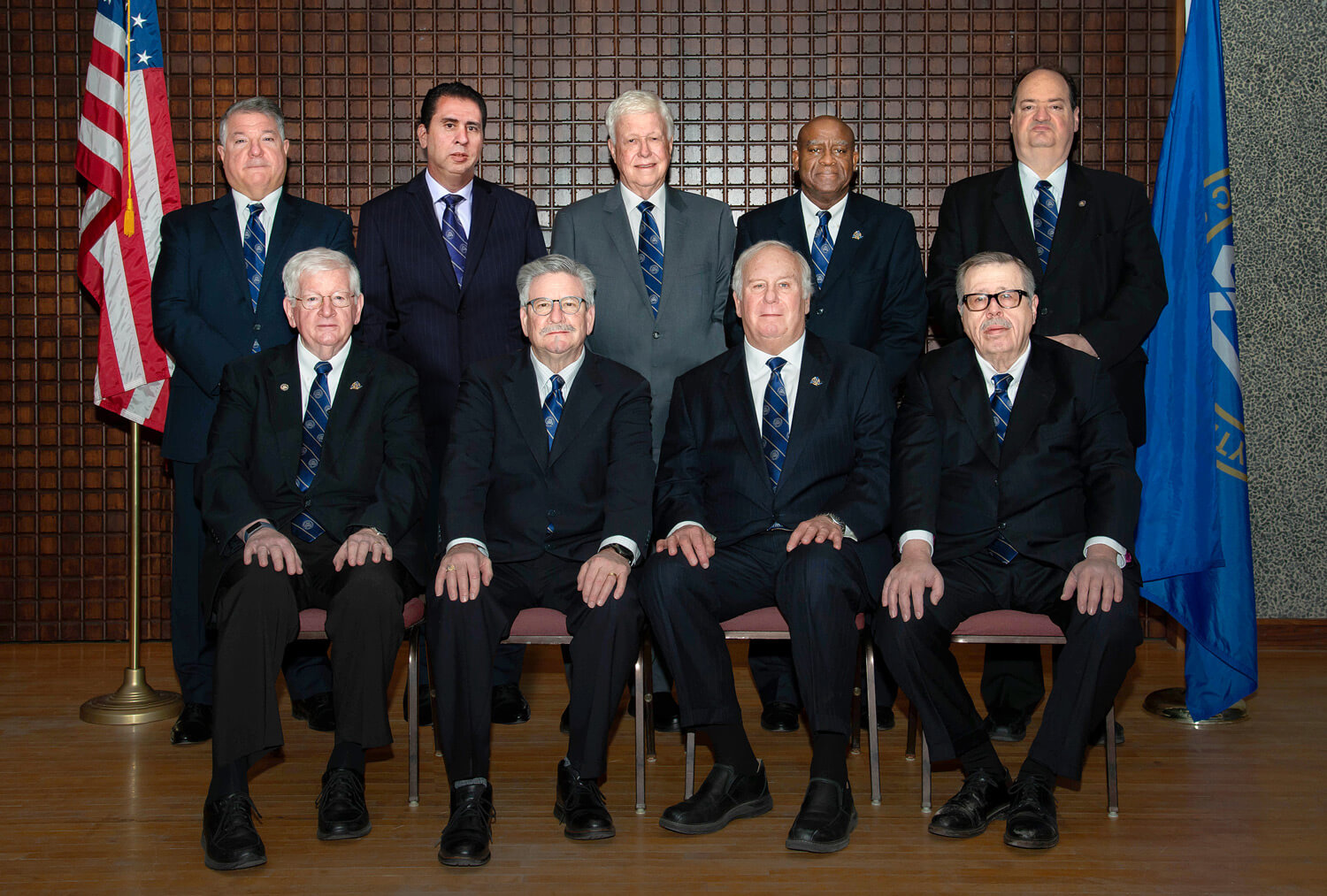Straightforward Steps to Help You Understand How to Join a Masonic Lodge Easily
Straightforward Steps to Help You Understand How to Join a Masonic Lodge Easily
Blog Article
Checking Out the Mysteries of the Freemason: What You Required to Know
The Freemason, a term frequently shrouded in intrigue and conflict, stands for an intricate tapestry of historic fact and modern-day myth. Developed in the late 18th century, this secret society was at first rooted in the Enlightenment's ideals however has since come to be synonymous with conspiracy theory concepts about elite control. As we navigate the origins, key numbers, and the plain contrast in between myth and truth, one should think about how these narratives affect modern perceptions of power and privacy. What might be revealed through a closer exam of these aspects could challenge long-held presumptions about the darkness that linger in our culture.
Origins of the Freemason
The beginnings of the Freemason are steeped in a mix of historic intrigue and ideological fervor. Developed in 1776 in Ingolstadt, Bavaria, by Adam Weishaupt, the group was at first created as a secret society intended at advertising Enlightenment suitables such as factor, secularism, and the separation of church and state. Weishaupt, a teacher of canon regulation, sought to test the dominating authority of the church and state, which he saw as overbearing establishments stifling intellectual and individual liberty.
The Freemason sought to recruit prominent participants from various societal markets, consisting of politics, academia, and the arts, to promote a network committed to these Knowledge principles. The society operated under a shroud of privacy, employing coded language and routines to safeguard its participants from persecution, particularly offered the repressive climate of the time. The Freemason encountered substantial opposition from both governmental authorities and religious organizations, which checked out the team as a danger to their power.
Trick Numbers and Participants
That were the essential figures that shaped the Freemason's very early impact and instructions? The Bavarian Freemason, established in 1776 by Adam Weishaupt, emerged as a response to the overbearing societal structures of the time.
An additional substantial figure was Johann Gottlieb Fichte, a popular philosopher whose concepts on nationalism and education resonated with the Freemason's objectives. Fichte was not an official participant, his philosophical supports affected the group's ideological background. Furthermore, figures like the author and philosopher Johann Wolfgang von Goethe were connected with the more comprehensive intellectual movements of the moment, although their direct involvement with the Freemason stays discussed.
These vital numbers contributed to the Freemason's very early direction, pressing the limits of political and social idea, while their collective initiatives aimed to test well established standards and promote an environment of modern adjustment in Europe.
Myths vs. Truth
Several mistaken beliefs border the Freemason, typically mixing fact with fiction in a means that obscures its real nature. This secret culture, originally established in 1776 in Bavaria, aimed to promote Knowledge ideals and battle spiritual and political injustice. The idea that the Freemason continues to put in significant influence over world occasions is a misconception. While the group did exist, it was dissolved in the late 18th century and has actually not operated as a cohesive entity ever since.
An additional prevalent myth is that the Freemason makes up a network of elite people adjusting international events. In truth, numerous conspiracy theory concepts overemphasize the team's value, attributing unfounded intentions to societal patterns and occasions. This has actually brought about an oversimplified sight of intricate concerns.

Modern Interpretations
Contemporary interpretations of the Freemason typically show wider social anxiousness and an attraction with privacy and power. This modern-day lens regularly links the Freemason with conspiracy theory concepts that recommend a surprise elite coordinates globe events, adjusting governments and economic climates his comment is here for their own gain. Such narratives tap into a deep-seated suspect of authority, especially in times of dilemma or social upheaval.

In addition, some modern-day analyses mount the Freemason as a metaphor for the complexities of globalization and the interconnectedness of influential individuals and companies. This viewpoint urges an essential assessment of exactly how power dynamics operate in today's globe, highlighting the equilibrium in Going Here between transparency and secrecy in administration and company methods.
Cultural Impact and Heritage
Influenced by centuries of intrigue, the social impact and legacy of the Freemason expand much past its historical origins. This secret culture, established in the late 18th century, has penetrated different facets of popular society, from literature and movie to songs and art. The concept of the Freemason has actually progressed into a symbol of conspiracy theory theories, often standing for a viewed hidden power adjusting worldwide occasions.
In literature, authors like Dan Brown have actually woven the Freemason into detailed plots, captivating visitors with themes of privacy and power. Movies such as "National Treasure" and "The Da Vinci Code" further bolster the attraction of the society, mixing truth with fiction to create interesting narratives.
The Freemason's impact also prolongs into songs, with artists referencing the organization to evoke styles of rebellion and social critique. This portrayal has actually added to an attraction with the concept of clandestine teams regulating the levers of power, reflecting social anxieties about authority and transparency.
Ultimately, the Freemason's tradition is a complicated next tapestry of myth and fact, shaping assumptions of secrecy and control in contemporary discussion. Its long-lasting presence in society emphasizes humanity's seasonal pursuit for comprehending surprise truths.
Final Thought
The expedition of the Freemason discloses a complex interplay in between historic realities and modern-day myth-making. Established in the Enlightenment age, this culture intended to test oppressive frameworks, yet its tradition has been eclipsed by conspiracy theory concepts that recommend elite manipulation. Understanding the distinctions between the initial perfects and modern analyses is important for comprehending the withstanding attraction with the Freemason and its considerable impact on cultural narratives surrounding power and secrecy in society.
Report this page